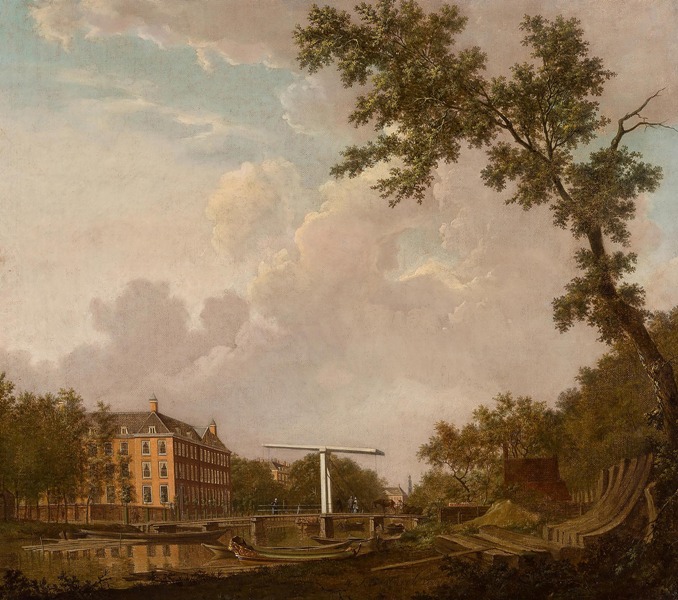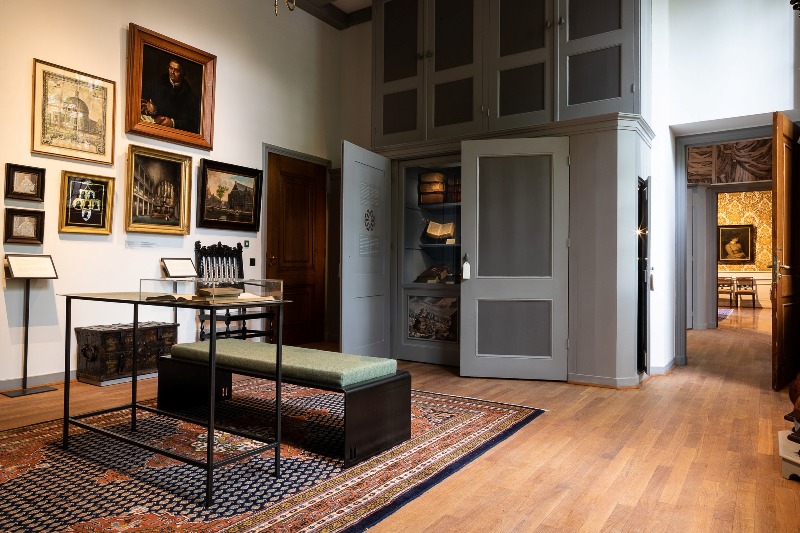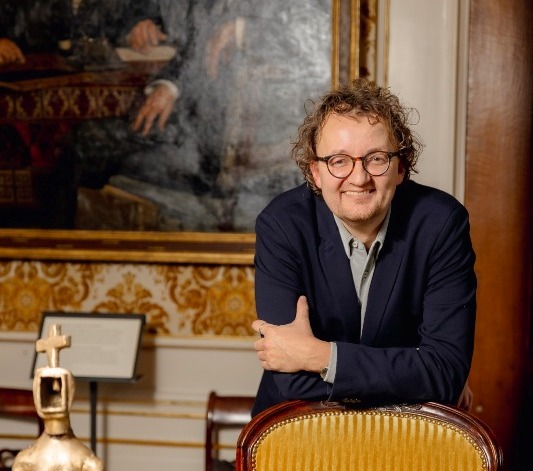The Lutheran Museum Amsterdam is situated in the Wittenberg building on the Nieuwe Keizersgracht 570, built in 1772. It is named after the place where Maarten Luther announced his 95 Theses for the reformation of the then church in 1517. That was what led to the reformation.
Wittenberg was built as the Evangelical-Lutheran Diaconal house for the Elderly. It played a big part in the care of the poor, the elderly and orphans.
The Lutheran community in Amsterdam was founded at the end of the 16th century. In the 17th century about 20% of the population was Lutheran and many buildings are evidence of this, such as the Old Lutheran Church on Spui and the Round Lutheran Church on the Singel. In the course of history, the Lutheran Church and diaconate built up an important collection.
The building itself – comprising the governors’ rooms, the corridor and the church hall – is the most important part of the heritage. The heritage collection also includes paintings by Breenbergh and Ruysdael, as well as authentic pieces of furniture and silverware.
The Lutheran Museum shows how a religious community made a new start, with its own manner of believing, and built on care for one another.






